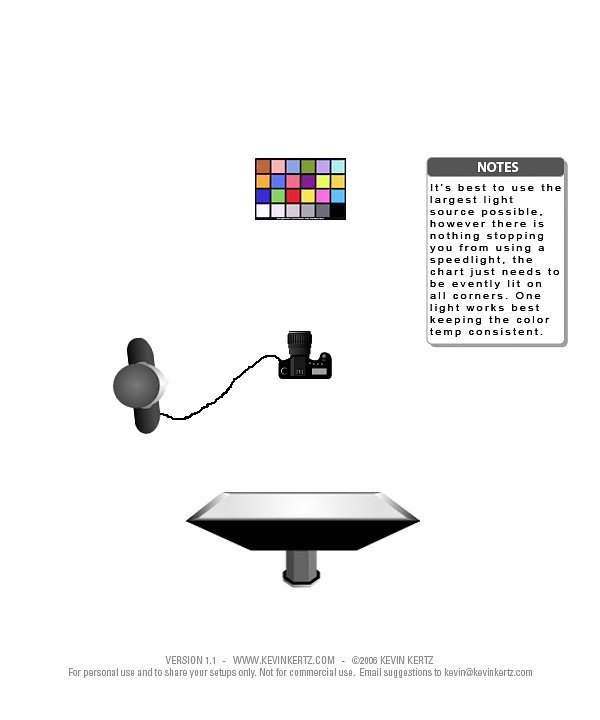How to create a custom color profile for your DSLR
Learn how to create a custom color profile for your DSLR. Creating a custom color profile for each of your cameras gives you not only better looking color but also helps to keep the color consistent between cameras.
Video Inside
Using one light keeps the color temperature consistent across the Color Target, a large softbox directly behind the camera works well, although you can also use a speedlight if that's all you have. I use an X-Rite ColorChecker Classic in the video.
Video Inside
Using one light keeps the color temperature consistent across the Color Target, a large softbox directly behind the camera works well, although you can also use a speedlight if that's all you have. I use an X-Rite ColorChecker Classic in the video.
Author Info:
Must Read This Week
[UPDATED] Final Elite XC Results & Overall Standings from the Mairiporã XC World Cup 2024
42244 views
42244 views
Sign Up for the Pinkbike Newsletter - All the Biggest, Most Interesting Stories in your Inbox
PB Newsletter Signup



But does the calibration of your monitor influence how your going to interpret the collor change?
I mean, if your monitor isn't callibrated right, profing your DSLR will probibly do good for the end result, but still isn't "perfect". Or do I see it the wrong way?
Thanks!
For critical color work, (catalogs, ads, etc.) this is an invaluable technique.
Great post Ian!
For most of us using a standard single light source profile in conjunction with an accurate white balance is going to be so much better than just the stock ACR 4.6 profile that we'll be happy with just that.
How many people would be interested in having me do another tutorial on creating a dual illuminant profile? Let me know and if there's a good enough response I'll get working on it.
Also it would be good to understand in a bit more detail the customisable camera settings for Picture Styles, not sure if these are any good or if it's worth modifying them and additionally how this may or may not affect the colour profile described above.
Cheers
Is there another plugin that I don't know about? Please let me know, thanks!
*edit: aah, just read the post below... haha